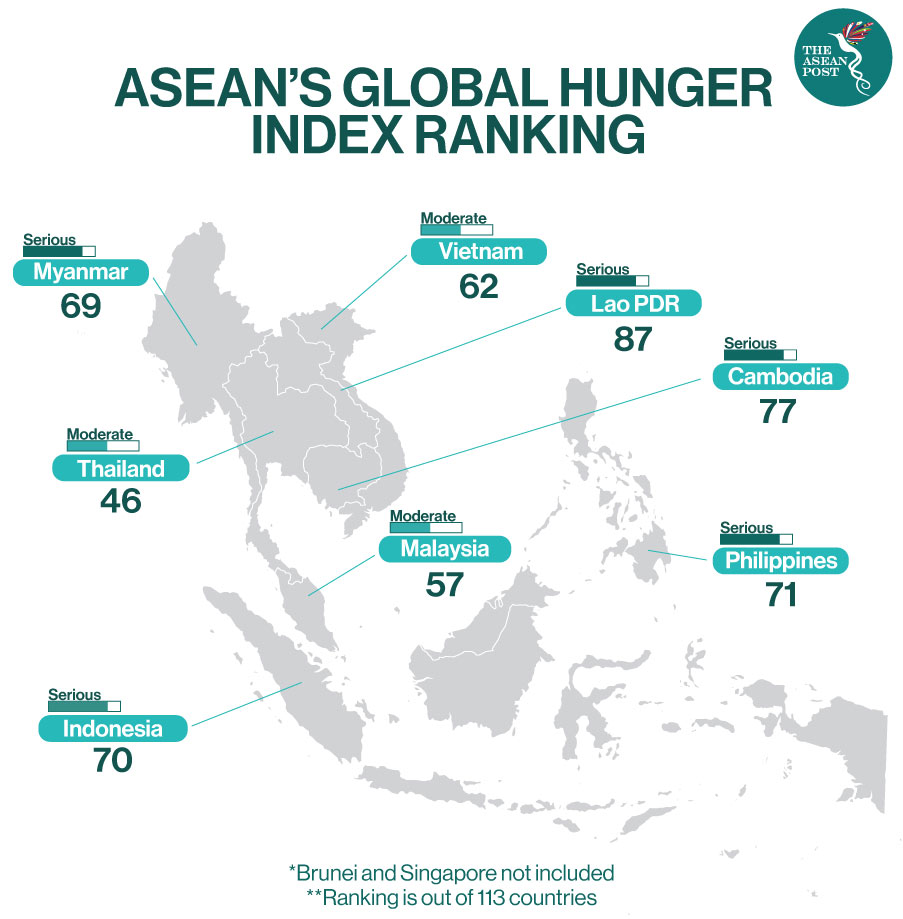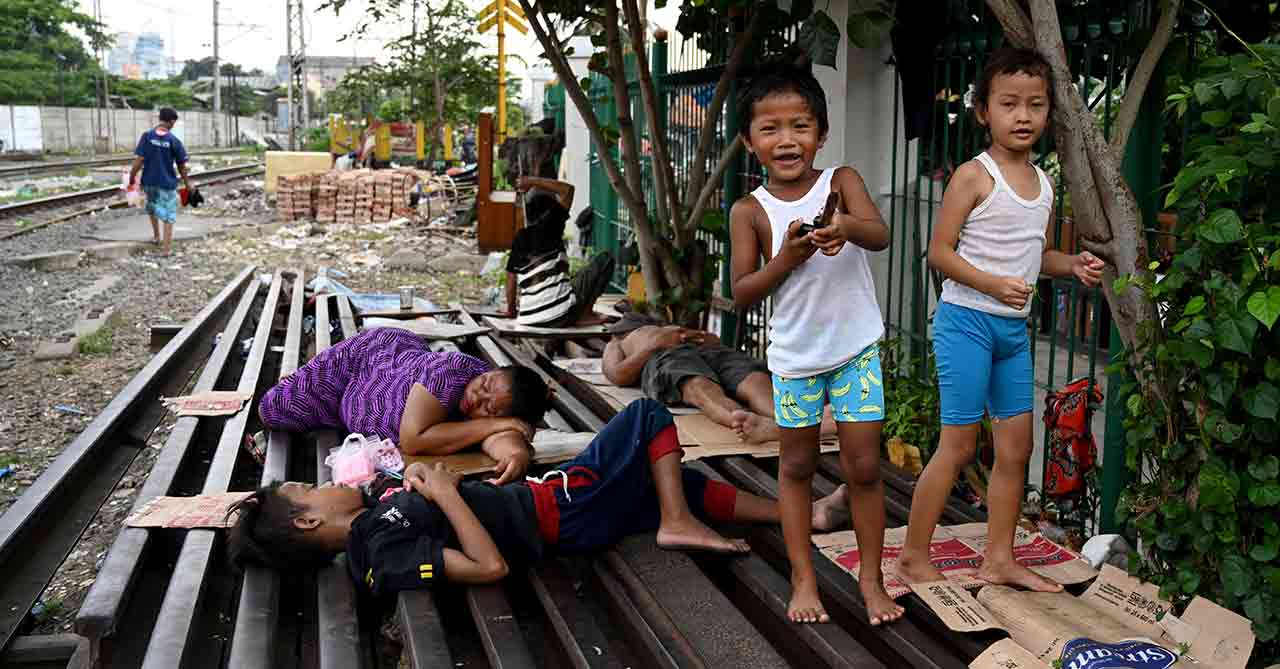A report titled, “Policies to Support Investment Requirements of Indonesia’s Food and Agriculture During 2020-2045” found that 22 million people in Indonesia suffered from chronic hunger between the years 2016 and 2018.
The report, published by the Asian Development Bank (ADB) and the International Food Policy Research Institute (IFPRI) with support from Indonesia’s National Development Planning Agency (Bappenas) also acknowledged that there was strong growth in Indonesia’s agricultural sector and the country’s overall economy over the past several decades.
Despite significant strides in the sector, many people across the country are still engaged in traditional agriculture as they are trapped in low-paying jobs. This fact, in turn, leads to hunger and increased risk of stunting among children.
“Many [Indonesians] do not get enough food and their children are prone to stunting, keeping them in a vicious cycle for generations. From 2016 to 2018, about 22 million people in Indonesia still endured hunger,” noted the ADB and IFPRI in the report.
The report further revealed that issues such as unequal access to food and food insecurity have remained unresolved in the country. This was despite increasing trends in food production and availability, as well as increases in household incomes.

Rankings
The Global Hunger Organisation’s (GHO) 2019 results for the Global Hunger Index (GHI) showed that people in ASEAN’s member states were still relatively hungry.
A year prior in the 2018 GHI, Indonesia was ranked 73rd out of the 119 countries surveyed, falling behind other fellow ASEAN member states like Thailand (44th), Malaysia (57th), Vietnam (64th), Myanmar (68th), and the Philippines (69th).
However, in 2019, Indonesia managed to obtain a better score but only marginally, and perhaps the fact that poorer countries were also included in the survey had something to do with this better ranking. Out of 117 countries, Indonesia was placed 70th which was still worse than Malaysia (57th), Myanmar (69th), Thailand (46th), and Vietnam (62nd).
Food security rankings for the country were not the best either. In a separate study published by the Economist Intelligence Unit, Indonesia was ranked 65th among 113 countries in the Global Food Security Index (GFSI). This rank was below other ASEAN member states such as Singapore which came in first on the index, Malaysia which came in 40th, Thailand which came in 54th, and Vietnam which came in 62nd.
The GFSI was cited in the “Policies to Support Investment Requirements of Indonesia’s Food and Agriculture During 2020-2045” report.
The report advised increased investment in agriculture to modernise food systems as one of the other possible solutions to the persistent problems the country was facing in addressing hunger as well as food security.
“Such investment will not only help improve the country’s food production but will also enable households to engage in more productive sectors and earn a better income,” the report stated.
Pandemic
To date, Indonesia has reported 328,952 cases of the coronavirus disease nationwide with more than 11,000 COVID-19-related fatalities recorded. Local media stated that at least three million people have lost their jobs and 70 million are at risk of losing income due to the economic shocks of the pandemic.
Before the outbreak, Statistics Indonesia (BPS) estimated that there were about 24 million poor people in the populous country. Nevertheless, the government projected that millions of people will fall into poverty and unemployment this year as a direct result of the pandemic.
Many Indonesians have been struggling to put food on the table amid the ongoing pandemic. Back in April, the death of an Indonesian mother, Yulie Nuramelia made headlines as it happened after she asked for help on national television, saying that her family had not eaten in days.
Despite local authorities denying claims that she had died from lack of food, some believed that she had died of starvation.
Loss of income will lead to hunger, malnutrition and perhaps child wasting and stunting. Currently, over two million Indonesian children suffer from severe wasting or low weight for height, a type of acute malnutrition characterised by massive loss of body fat and muscle tissue that cause them to look elderly and extremely thin.
“Children suffering from wasting have weakened immunity, are susceptible to long term developmental delays, and face an increased risk of death, particularly when wasting is severe. These children require urgent feeding, treatment and care to survive,” said the World Health Organization (WHO).
Despite Indonesia’s problems, the future is not all too bleak for the Southeast Asian country. In fact, based on the ADB and IFPRI report, Indonesia could virtually end hunger by 2030 and fully eradicate hunger by 2045.
Nevertheless, this would require effort on the part of relevant stakeholders, which includes investments in agricultural research and development (R&D), irrigation expansion and water use efficiency, as well as improved rural infrastructure including roads, electricity and railways.
Related Articles:
